
 |
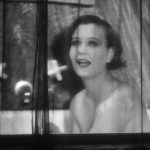 |
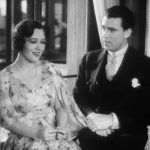 |
| ‘Hap’ Harrington Ben Lyon |
Juliette Ona Munson |
Clay Walter Pidgeon |
| Released by Warner Bros./First National Directed by Clarence G. Badger Run time: 79 minutes |
||
Proof That It’s a Pre-Code Film
- Our heroine chats casually from her bathtub.
- One gentleman performs a very aggressive sunscreen application.
Hot Heiress: Cold Turkey
“Nobody loves a riveter but his mother!”
I admire the sartorial choices in The Hot Heiress. I’ve spent the last week trying to find something in tweed that doesn’t cost me an arm and a leg; the sheer style of Ben Lyon’s driving cap nearly sent me into a tizzy.
Thus ends the highest praise I can give The Hot Heiress, a movie’s whose title even annoys me. Who pronounces the ‘H’ in heiress? Just saying The Hot Heiress out loud is all thumbs.
Hap (Lyon) is a riveter, widely detested in the skyscrapers around him. However, his job does come with one benefit– peeping. He ogles a beautiful woman sleeping in the penthouse who turns out to be Juliette (Munson). After accidentally sending a hot bolt through her window and setting her room on fire (Juliette wakes up and immediately passes out when she sees the fire– what a life.), Hap rushes in and saves her life.
This plucky riveter turns out to be exactly what Juliette was missing from her life. She double dates with him and his pal Bill (Tom Dugan) and girlfriend Margie (Inez Courtney). This is much to the consternation of her stuffy parents and other suitor, Clay (a very young Walter Pidgeon).
She then invites them to her parent’s mansion in the country for a swell party weekend. To illustrate the distinct class differences, Hap and his friends immediately throw their trash in a fountain and trip over a chair; those wacky lower class people! Hap and Bill even overhear Pidgeon’s plan to thwart their weekend and make them look bad … and then they immediately fall for it.
A lot of these class-conscious romances end with the lovers adjusting to their new social circumstances; love triumphs, but it’s hard when you’re no longer on mommy or daddy’s allowance. Juliette never seems to acknowledge or reckon with the difference in stations; even though she’s apparently brought home working class men before, she never really cares for the high life and is more than eager to ditch everything for Hap with nary a care. Instead of worrying that the relationship couldn’t last because of differences in temperament, I was worried Juliette would simply continue to follow around Hap like a lost puppy dog the rest of her life.
The Hot Heiress is a musical from 1931, which means the sound is better than many of the early talkies, but it also meant that the audience was practically running out of the theater from exhaustion. It features a trio of forgettable songs from Rodgers and Hart. I’ve linked one below, but they’re really not very good. The opening song about who could love a riveter is broken up and badly paced, sort of a metaphor for the film that follows.
Lyons is fine, though not really a singer, and Munson can smile but conveys no depth. Thelma Todd’s part is almost microscopic, and while Inez Courtney brings a lot of pizazz to her role, she’s backgrounded quite a bit. The jokes here are just tired; more loud complaints than punchlines.
In general, the movie made me grumpy and skeptical. The Hot Heiress isn’t worth bothering with.
Screen Capture Gallery
Click to enlarge and browse. Please feel free to reuse with credit!
Other Reviews, Trivia, and Links
- TCMDB digs into the details on the cast, along with a ton of fascinating info about leading lady Munson:
Munson certainly had the chops to star in a musical. After an early careerin vaudeville, she had top-lined the Broadway smash No, No Nanette and introduced the song “You’re the Cream in My Coffee.” But at the timeshe was better known for having recently ditched her husband,actor-director Eddie Buzzell, for an affair with director Ernst Lubitsch. Less known was her private predilection for amorous encounters with other women; she would number Marlene Dietrich, Alla Nazimova, the Countess Dorothy di Frasso and Mercedes De Acosta among her conquests. Munson never really hit it big in Hollywood. She got her most famous role when producer David O. Selznick looked beyond her freckles and bird-like frame to see that makeup and padding could transform her into Atlanta’s most notorious Madame, Belle Watling, in Gone With the Wind (1939). When thatfilm’s success did little for her standing in Hollywood, Munson switched to radio, becoming CBS’s first female producer. Haunted by professional,personal and health problems, she would commit suicide in 1955.
- Mordaunt Hall in the New York Times doesn’t waste a lot of ink on it, but does say, “The production is of the unpretentious sort which suggests that nobody took it very seriously, but the dialogue has many a brisk turn and a number of really funny lines.”
- Laura calls this one, “a passably entertaining but minor effort.”
- Here’s a number from the film:
Awards, Accolades & Availability
- This film is available on Amazon thanks to Warner Archive. Cheers to Warner Archive for providing a review copy of this film.
More Pre-Code to Explore
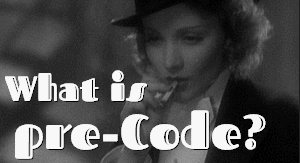
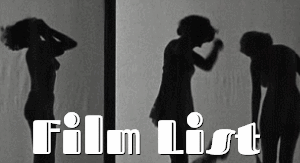
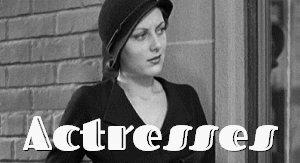
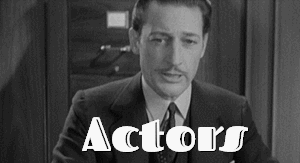
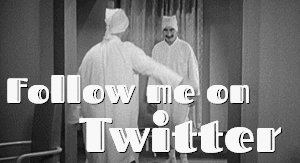
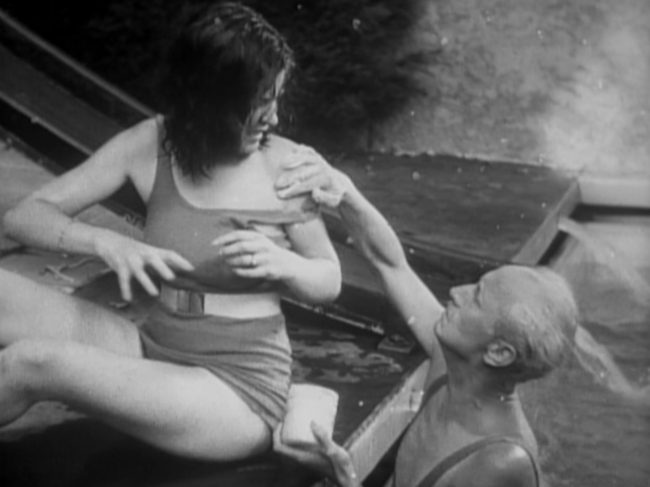
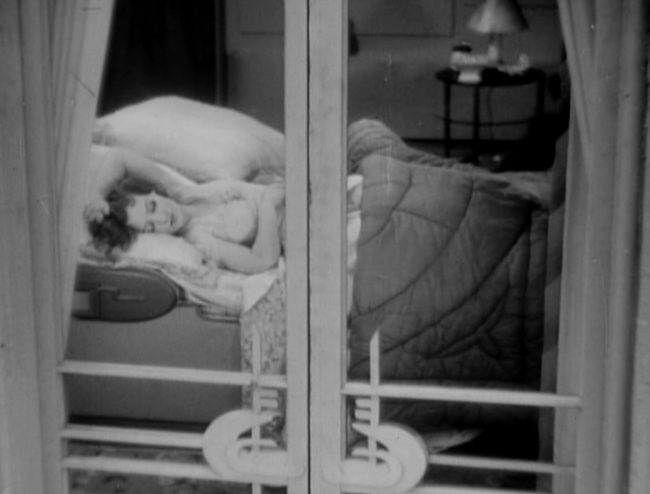
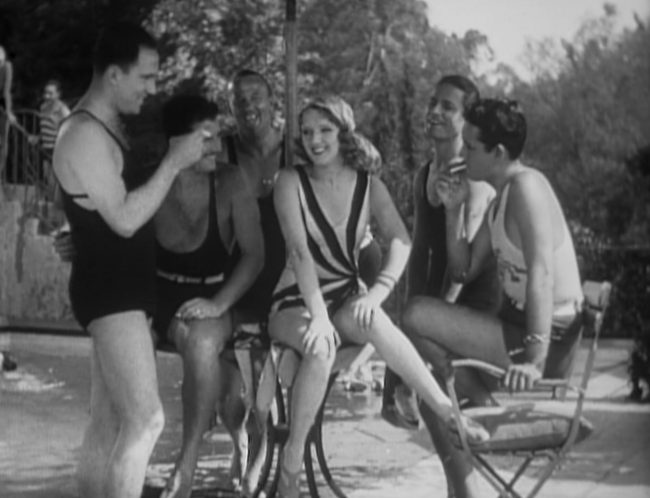
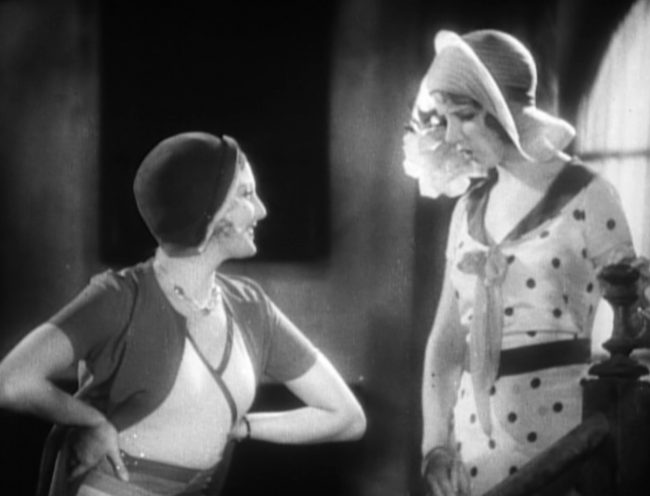
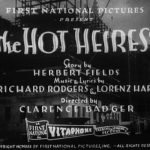


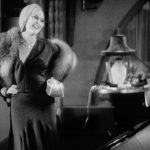


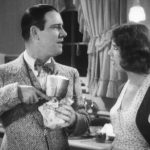
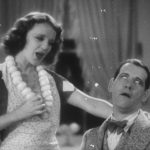
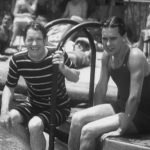

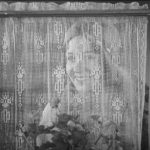




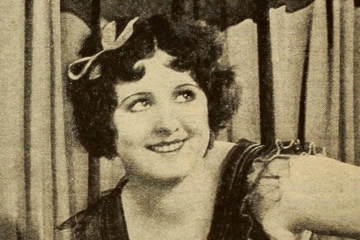
2 Comments
Kia Julian · March 30, 2019 at 3:24 pm
Wow! Ben Lyon is on key—– but that’s about it!. That song actually hurt! I’ve seen this movie about three times. The first first time on purpose and the second two times —well, you just kind of sit there and watch it if it’s on ….so those were accidental. Although, to me, Ben Lyon is hotter than the heiress , I’ve always thought of the title of that movie being a play on the phrase “hot air”, “Hot Heiress”, get it??
FreedomFighter · March 31, 2019 at 9:28 am
“On this day in 1930, the Motion Picture Production Code was put into effect, setting guidelines for the depiction of sex, violence, crime, and religion in American movies. Also known as the Hays Code after Hollywood censor Will Hays, it was originally a list of 36 “Don’ts” and “Be Carefuls,” and as such it was pretty ineffectual and tough to enforce until 1934, at which time films needed to pass review and receive a certificate of approval to be released. The Hays Code was used until 1968, when it was replaced by the Motion Picture Association of America rating system that we use today.
Hays, a former Postmaster General, was hired at the sum of $100,000 a year to polish Hollywood’s image, which had gotten rather tarnished in the 1920s by risqué content and off-screen shenanigans. The Supreme Court had ruled in 1915 that the First Amendment right to free speech did not extend to movies, and the film industry adopted the code hoping to avoid further government interference.
Based on a document created in 1929 by a lay Catholic and Jesuit priest, the document was decidedly moralistic in tone and actively set out to promote traditional values. Crime must be punished and criminals must not be presented as sympathetic characters; pre- or extra-marital sex must never be portrayed in a positive, enticing, or titillating light; authority figures must be portrayed with respect; the church and the clergy must not be laughable or villainous. Showing drug use and interracial romance were likewise outlawed. In 1934, the newly created Production Code Administration strictly enforced the code and gave itself the power to change scenes and whole scripts. As a result, Rick and Ilsa’s Paris affair and Inspector Renault’s sexual extortions in Casablanca were only hinted at. The film’s original ending, in which Ilsa doesn’t get on the plane but lives in sin with Rick, was also scrapped, and we saw instead Rick’s unselfish renunciation of his true love.
In the 1950s, the code was increasingly subverted by more racy foreign films, which weren’t bound by the Code, and the lure of television, which offered competition for the moviegoing audience. Some studios began releasing films without the PCA’s approval and found that they could still make a buck. Billy Wilder’s Some Like It Hot (1959) was one such picture, and it was a box office hit with its gambling, bootleg gin, cross-dressing heroes, and Marilyn Monroe’s tales of topless pillow fights. The Code’s death knell could clearly be heard, even over the movie’s hot jazz soundtrack.” From The Writer’s Almanac 31 March 2019
Comments are closed.